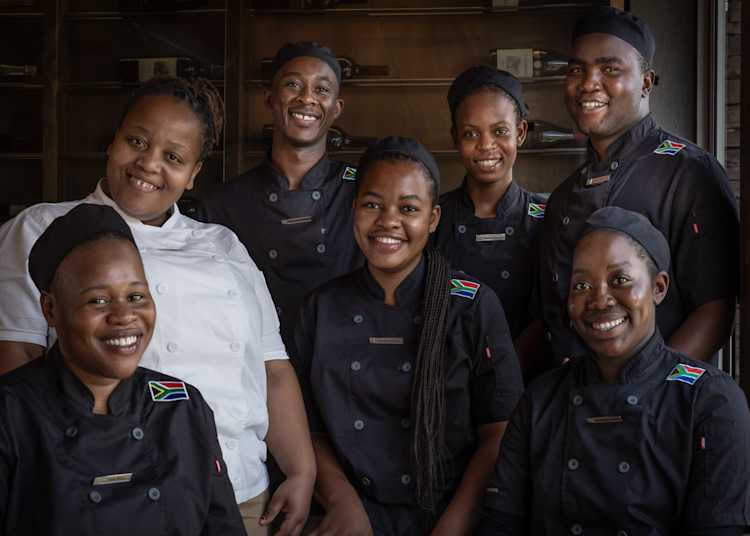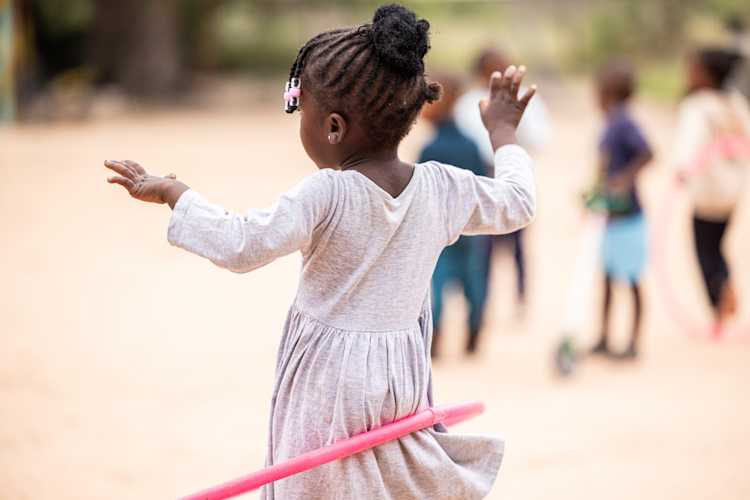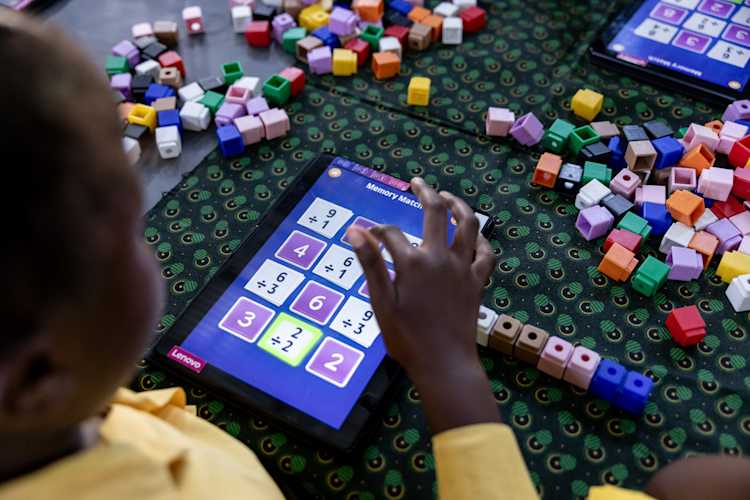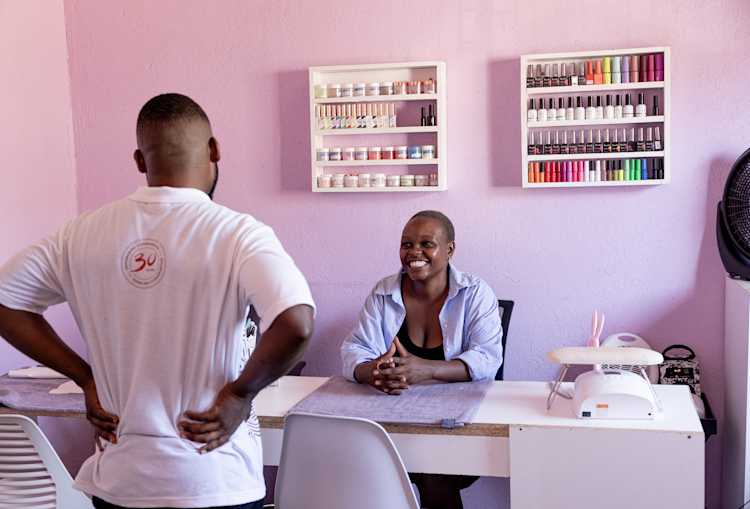

Community Development and Resilience Fund
Rural communities are increasingly at risk from climate change and extreme weather, often without the resources or infrastructure needed to withstand these challenges. This leads to widespread food insecurity, income loss, and long-term economic hardships, with rural households bearing the brunt of the impact.
The Singita Lowveld Trust’s Community Development and Resilience Fund is to provide immediate support to communities neighboring Singita’s concessions during natural disasters such as storms and floods while also fostering long-term climate resilience. Partnering with various organisations and stakeholders delivering essential resources to the hardest-hit families, the fund addresses urgent needs and helps safeguard livelihoods.
This approach ensures both rapid response during crises and sustainable development for the future, protecting lives and building a stable foundation for rural communities.
Key Successes
- With onsite accommodation for 8 students (due to generous SLT donor support), the number of hours of invaluable experience in our lodge kitchens has increased by 25%, as the daily 4-hour commute has been eliminated.
- 114 graduates since the school opened in 2007.
- 92% of these graduates are currently employed.
- 25% of those employed are at Singita.
- 92% employed as professional chefs.
- 44% have progressed to junior sous chef level or beyond, 25% are commis chefs.
How can I support this project?
- USD 200: Participate in a cooking class at the Singita Community Culinary School; your donation contributes to the Scholarship Fund.
- USD 12,500: Sponsor a student at the Singita Community Culinary School. This covers tuition, uniforms, personal kitchen equipment, ingredients, room and board, transport, and a monthly stipend.
- Donate any amount to the Singita Community Culinary School Scholarship Fund to help cover additional scholarships and accommodation for our goal of 10 students per year in 2025-2026.




